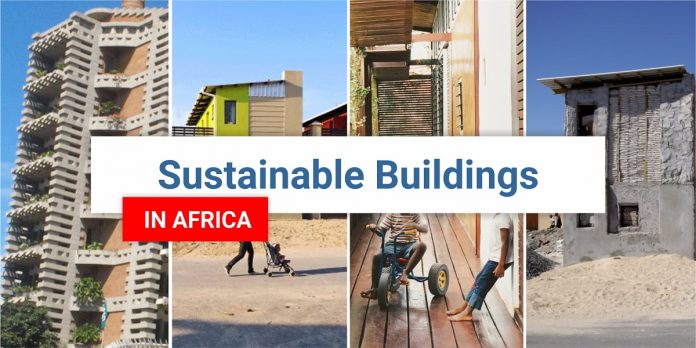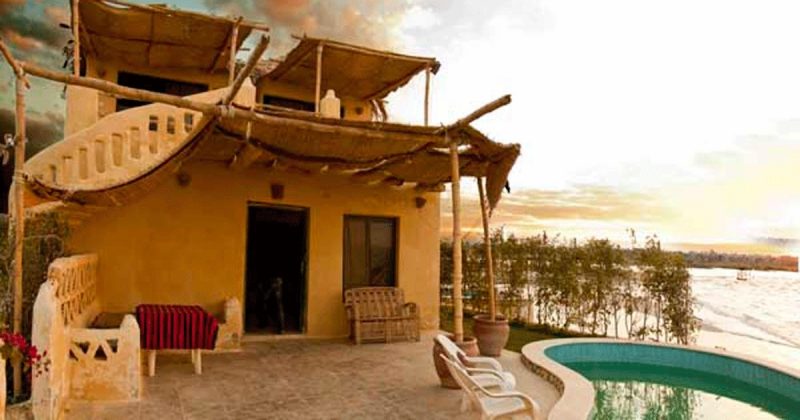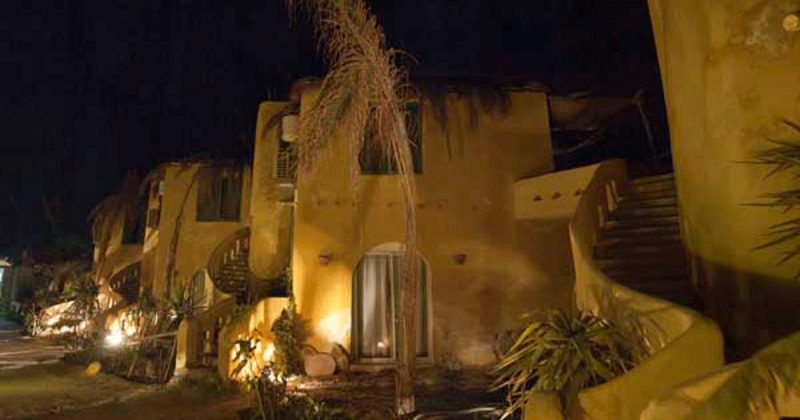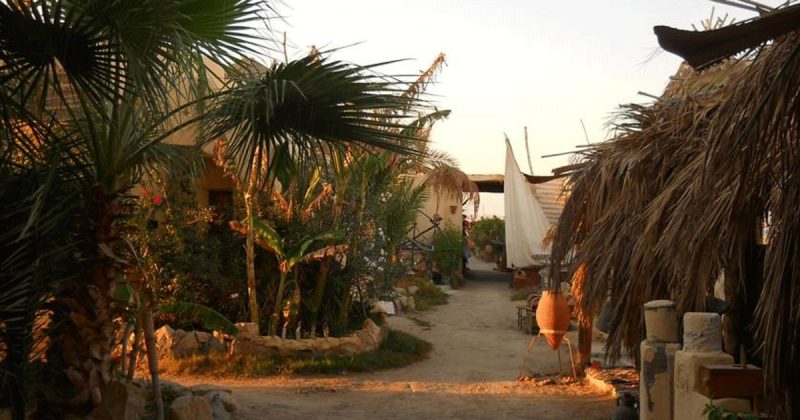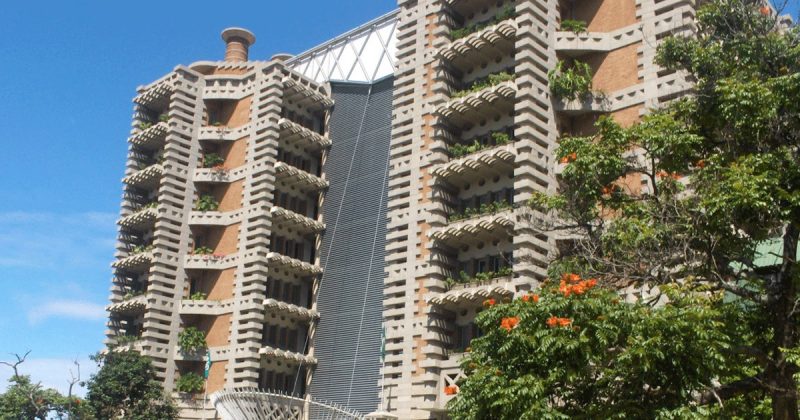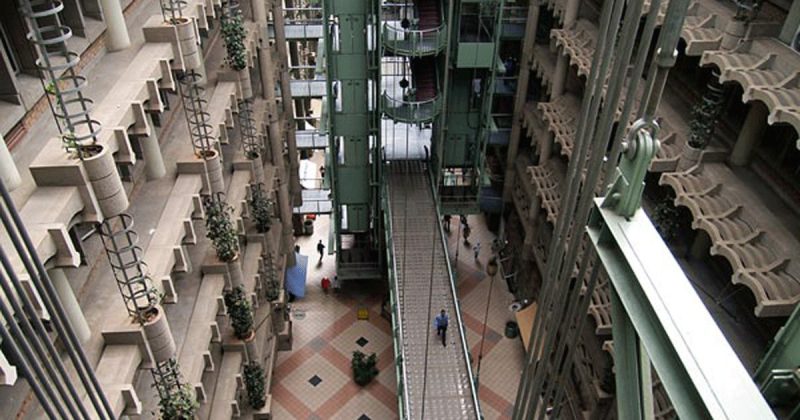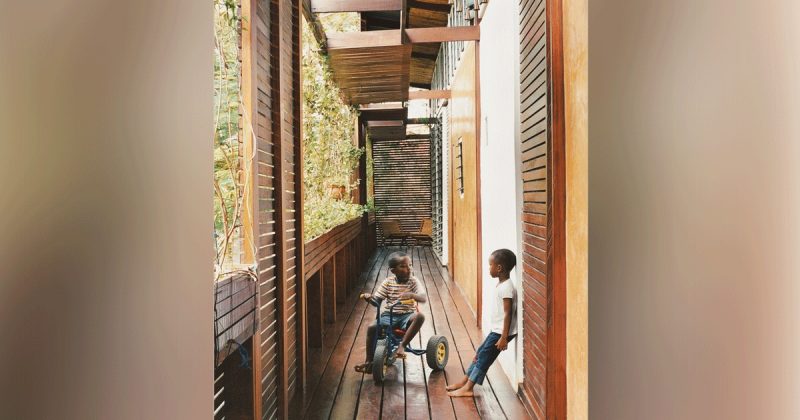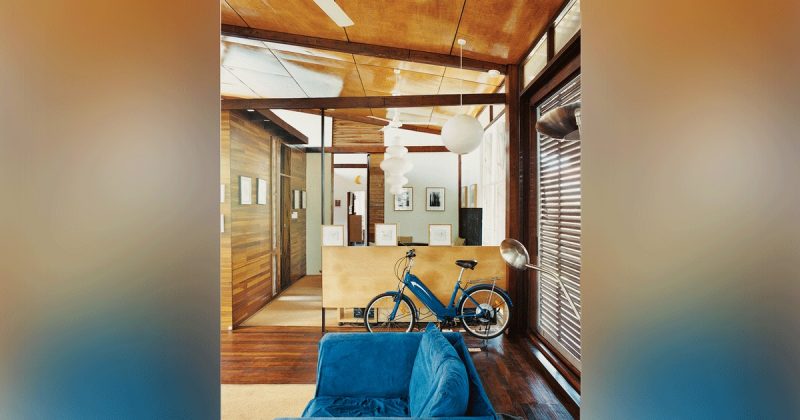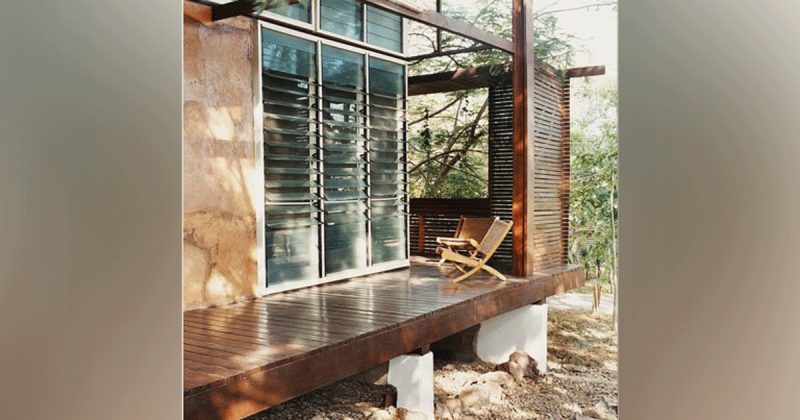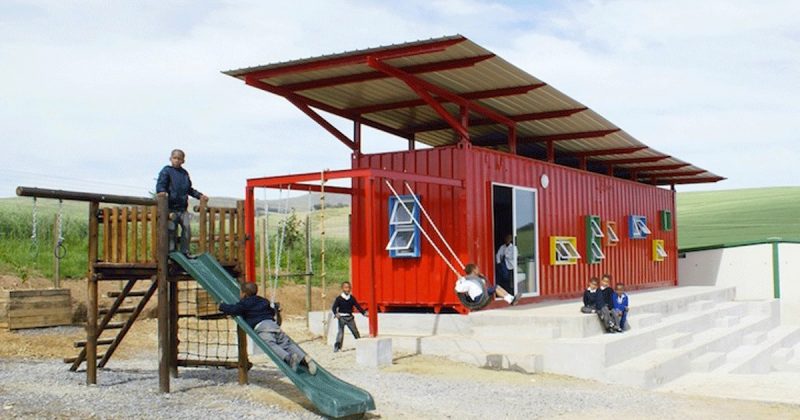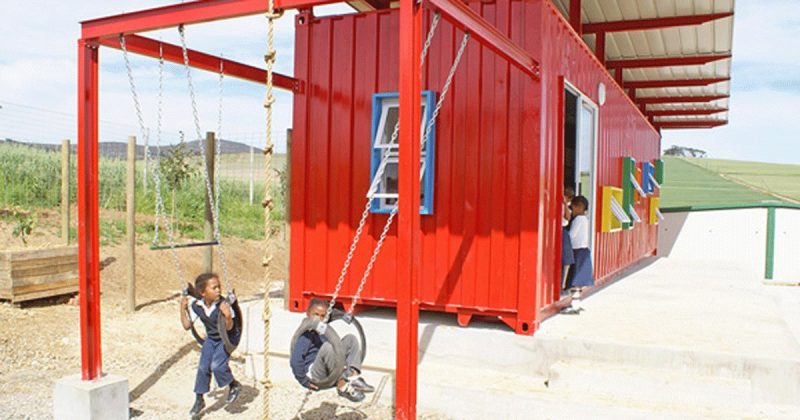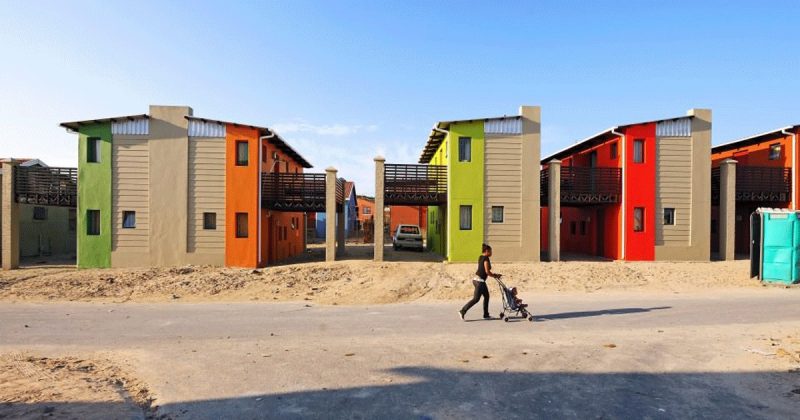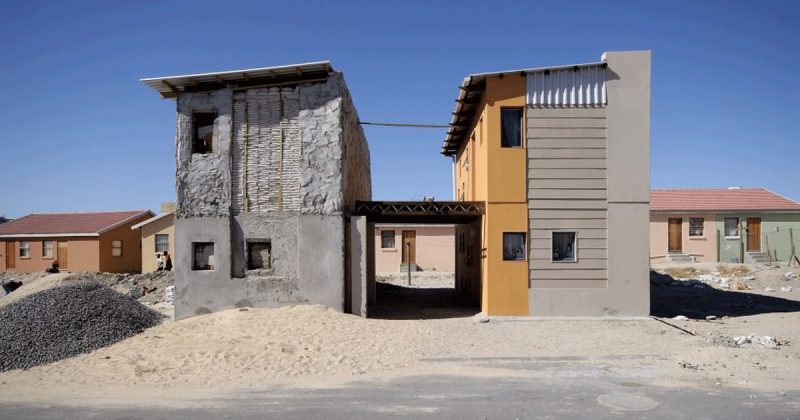As sustainable buildings and green building continue to claw their way into the African continent, experts have revealed that green architecture in Africa does not have the same interpretation as it does in developed nations of the world.
The difference stems from the cost, technological advancement and the role the government plays. Sustainable buildings in Africa focus more on ways of reducing cost, energy conservation, opportunities to recycle as well as traditional means of construction.
The rest of the world, on the other hand, tends to focus on going green with materials that are still largely expensive though with the goal of helping you save money and resources in the future.
We will take a look at 5 examples of green architecture across the African continent especially in countries where the phenomenon has taken strong root.
1. El Mandara Eco-Resort in Egypt
Once upon a time, Egypt was known as a tourism magnet especially on the strength of its history. Over the years, however, so much has changed and the nation. Egypt has since shifted its attention to eco-tourism.
The El Mandara Eco-Resort used to be a group of dilapidated buildings, which has been renovated by spirited youths who believed the building still held some potential.
They came together and decided to make something out of the rundown building by using sustainable materials such as mud bricks. Palm fronds were also used in construction in a bid to make the provide shade from the heat in the desert.
2. Eastgate Centre in Zimbabwe
The Eastgate Centre is situated in Harare, Zimbabwe and is popular for its energy-conserving architectural design. It stands out as one of the most sustainable buildings in Africa.
Did you know that the Eastgate Centre uses 10% of the energy that a building of its size would normally consume? The building was constructed using concrete. The ventilation design of this structure has been hailed by experts for its resemblance to the self-cooling mounds of African termites.
The structure is devoid of any air-conditioning or heating system, which helps it to drastically reduce its energy consumption.
One remarkable thing about the design of this building is how its natural ventilation design has helped its owners save over $4 million.
3. The ‘Inno-native’ Home in Ghana
Sitting in the heart of Accra, Ghana is the ‘Inno-native’ Home, which has been erected 3 feet above the ground. This helps the building take full advantage of the cooling under floor breeze.
It might interest you to know that the architect constructed this eco-friendly edifice for his family in Ghana. Some of the building materials used include adobe mud blocks and timber. It has jalousie windows for cross ventilation and does not have any air-conditioning system. All these features add up to make it stand out in the league of sustainable buildings in Africa.
4. Vissershok School in South Africa
The Vissershok School can be found in Durbanville in South Africa and it serves two major purposes; a classroom in the early hours of the day and then a library when the school closes.
The school was constructed from a recycled shipping container and a large roof, which shields the container from the direct rays of sunlight. it is constructed in such a way there is ample space between the roof and the open top of the container. This aids ventilation and prevents the accumulation of heat within the containers.
It also has steps directly in front of the container, which serves as a sitting area for the children and an amphitheatre for assembly. There is a play area for the children, which features two swings.
5. Sandbag Houses in South Africa
Instead of brick and mortar, the Sandbag houses located in Freedom Park, Cape Town in South Africa are actually built with sandbags. These houses cost $6,000 to build and was built with inexpensive local building materials.
A lot of help came from its future occupants as they helped in its construction. The Eco-Beam system, which was developed in South Africa was used in erecting this building.
The successful construction of these houses lends credence to the possibility of building houses that are safe, strong and affordable.
Final Thoughts
The most sustainable elements of these architectural designs are the fact that they are inexpensive and the ease of constructing them. In addition to being cost-effective, they also possess a strong dose economic viability. These attributes make them easy to maintain.
This puts them in the forefront of sustainable architectural designs in Africa and they have relied on environmentally friendly methods to build structures that conserve energy.

